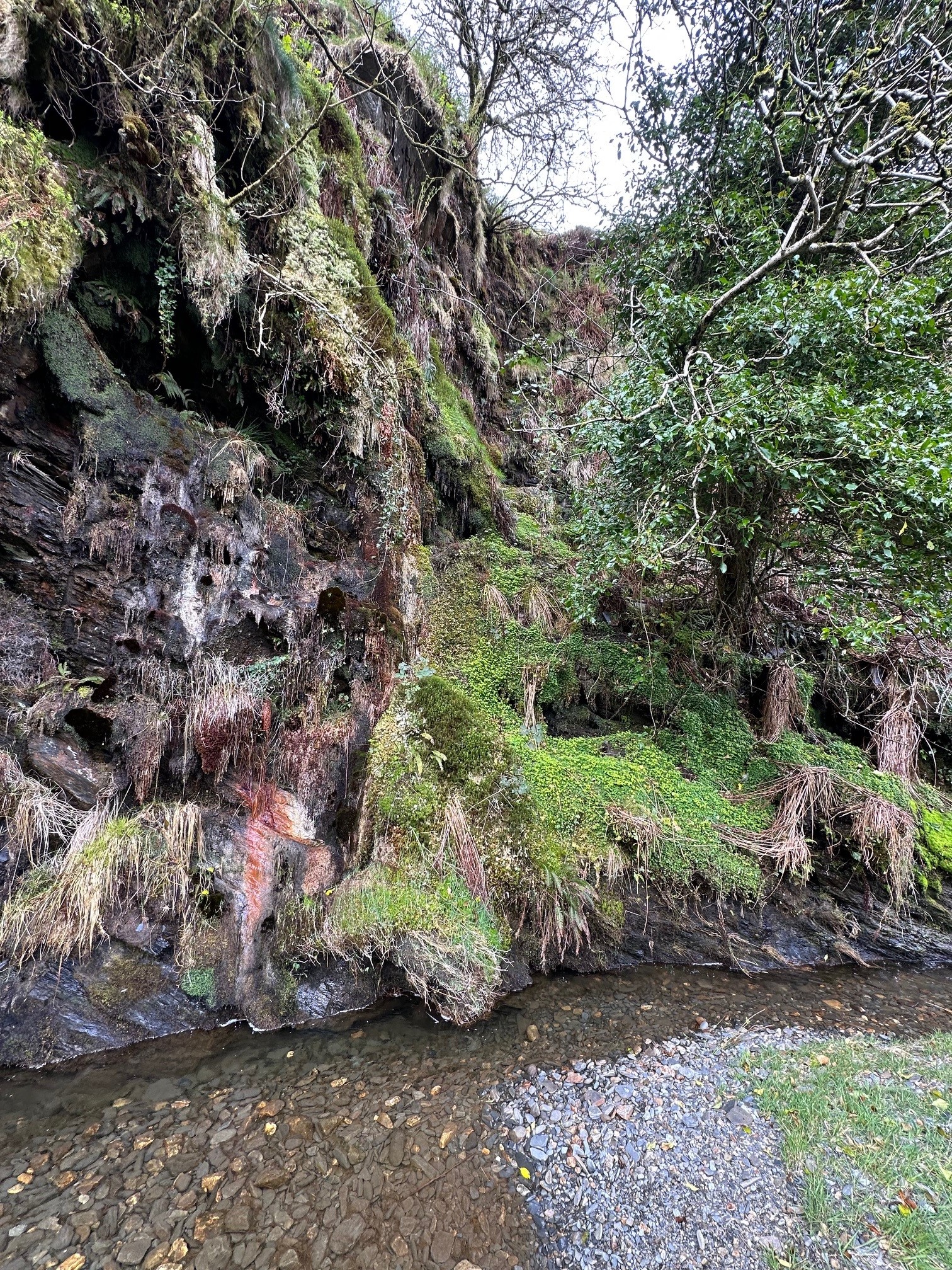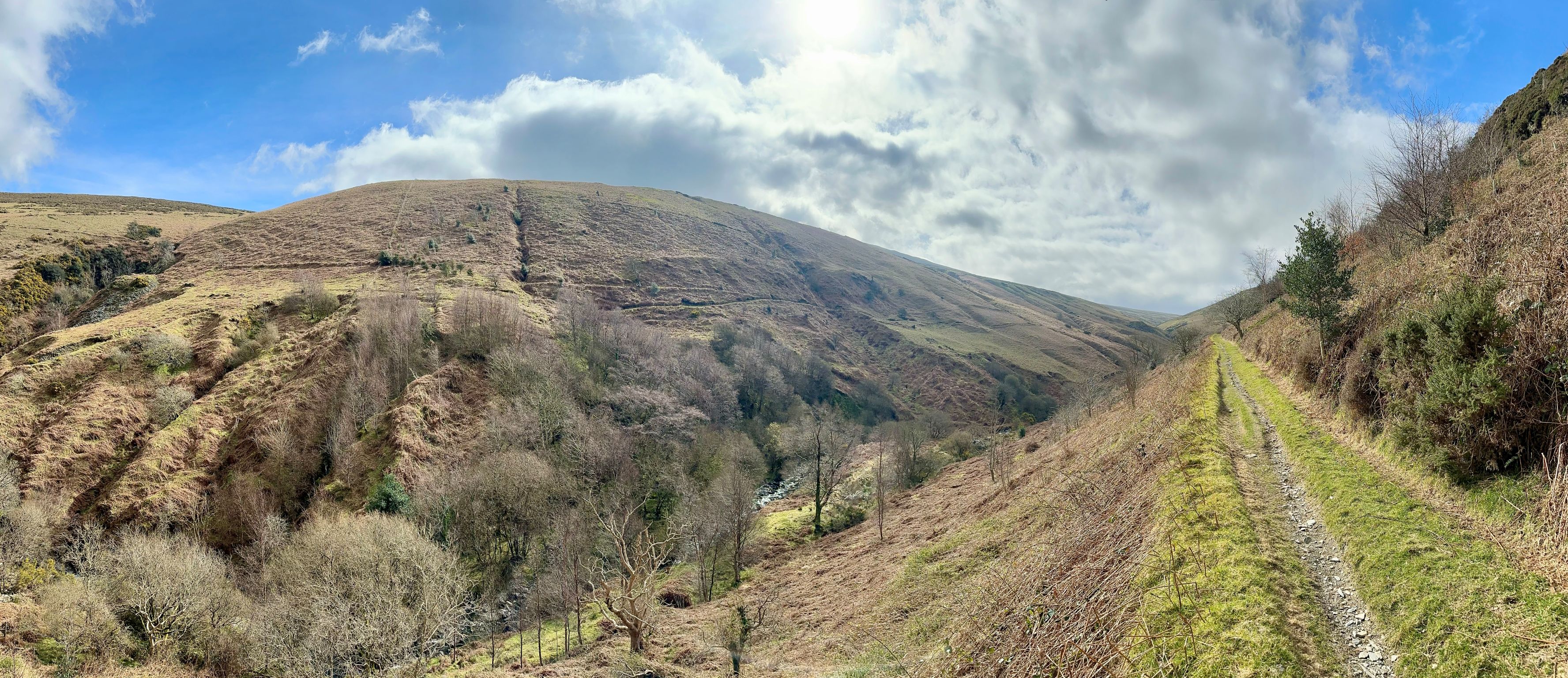Hundreds of acres of rare temperate rainforest to be restored on Isle of Man
New project is the largest so far in a £38 million programme by the Wildlife Trusts and Aviva to revive the vanishing habitat.

Hundreds of acres of rainforest are to be restored on the Isle of Man, in the largest project so far in a £38 million scheme to revive the rare habitat.
Manx Wildlife Trust will restore 750 acres of temperate rainforest at Glen Auldyn, a 1,100 acre-landscape that also includes peat, protected heathland, wetlands and species-rich grasslands which will not be planted on, along with areas used by red-listed birds including curlew.
The multimillion-pound project is the largest to enter the Wildlife Trusts’ rainforest recovery programme, backed by £38 million from insurance giant Aviva, to restore a vanishing habitat and make it resilient to climate change, and will form the largest nature reserve on the Isle of Man.
Wildlife experts describe temperate rainforest, a globally rare habitat that once swathed western coasts of England, Wales, Scotland, the island of Ireland and the Isle of Man, as the “jewel in the crown” of the country’s landscapes but warn they are a pale shadow of their former selves.

The area of Britain covered by these woodlands has shrunk from a fifth to just 1%, cleared for timber, commercial forestry and agriculture.
The surviving fragments of native wet woodland rich in lichen, moss and ferns as well as an array of rare and special wildlife, face multiple threats including isolation, invasive species and rising temperatures which put their unique micro-climate at risk.
But restoring and linking up these remaining areas can make them more resilient to climate change, and provide natural services from supporting wildlife and access to nature, to storing carbon and reducing flood risk, conservationists say.
Manx Wildlife Trust said local communities in and around Ramsey in the north of the Isle of Man will be closely involved in the project, with increased access to nature, volunteering, education and employment opportunities, while restoration will also help reduce the high risk of flooding.
The last few fragments of rainforests in the Isle of Man are largely confined to steep-sided gorges of the glens, many close to Glen Auldyn.

Tree seeds including Manx oak, downy birch, mountain ash, holly, alder, willows and hazel will be gathered from the glens and grown in the trust’s nursery, which was set up to provide trees for Manx Wildlife Trust’s rainforest restoration at other sites, Creg y Cowin and Glion Darragh.
There will be an initial two years conducting ecological surveys of the moorland, peatland, glens and existing woodland while livestock grazing will continue, with longer term plans to continue farming appropriate areas of the reserve.
David Bellamy, head of conservation and land at Manx Wildlife Trust, said: “We are thrilled to start this exciting new chapter to restore the Isle of Man’s natural heritage.
“The recovery of Glen Auldyn’s temperate rainforest will not only create an invaluable habitat for wildlife but will also provide multiple benefits for local communities, including reduced flood risk and greater access to beautiful woodland.”
Leigh Morris, Manx Wildlife Trust’s chief executive, described it as a “landmark moment” for the charity and the Isle of Man.
“Glen Auldyn is over seven times the size of our largest nature reserve and its size provides a fantastic opportunity for landscape scale nature conservation and create a model for how the Isle of Man uplands could be managed in future,” he said.
Claudine Blamey, chief sustainability officer at Aviva, said: “Aviva is proud to support such a transformative project, which not only enhances the beauty and biodiversity of the island but also provides lasting benefits to local communities, including green jobs, tourism and improved flood resilience, helping them get ready for the future.”





